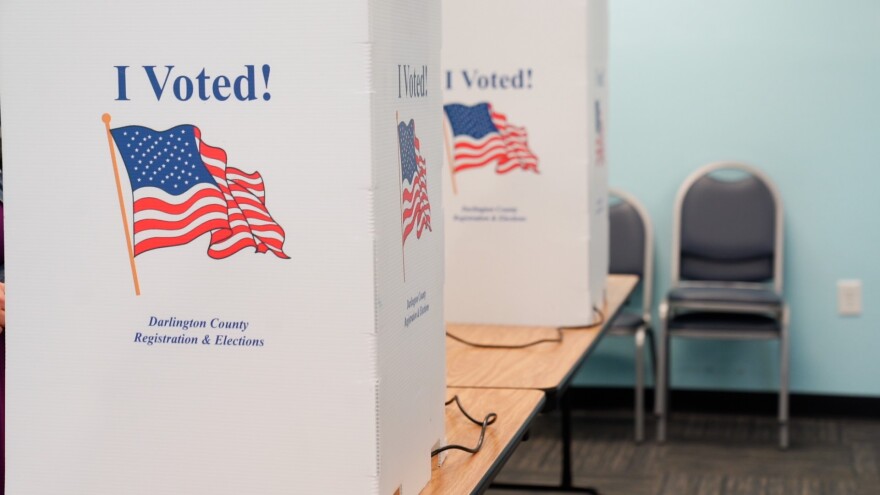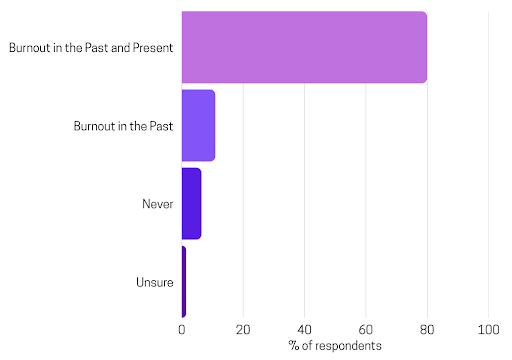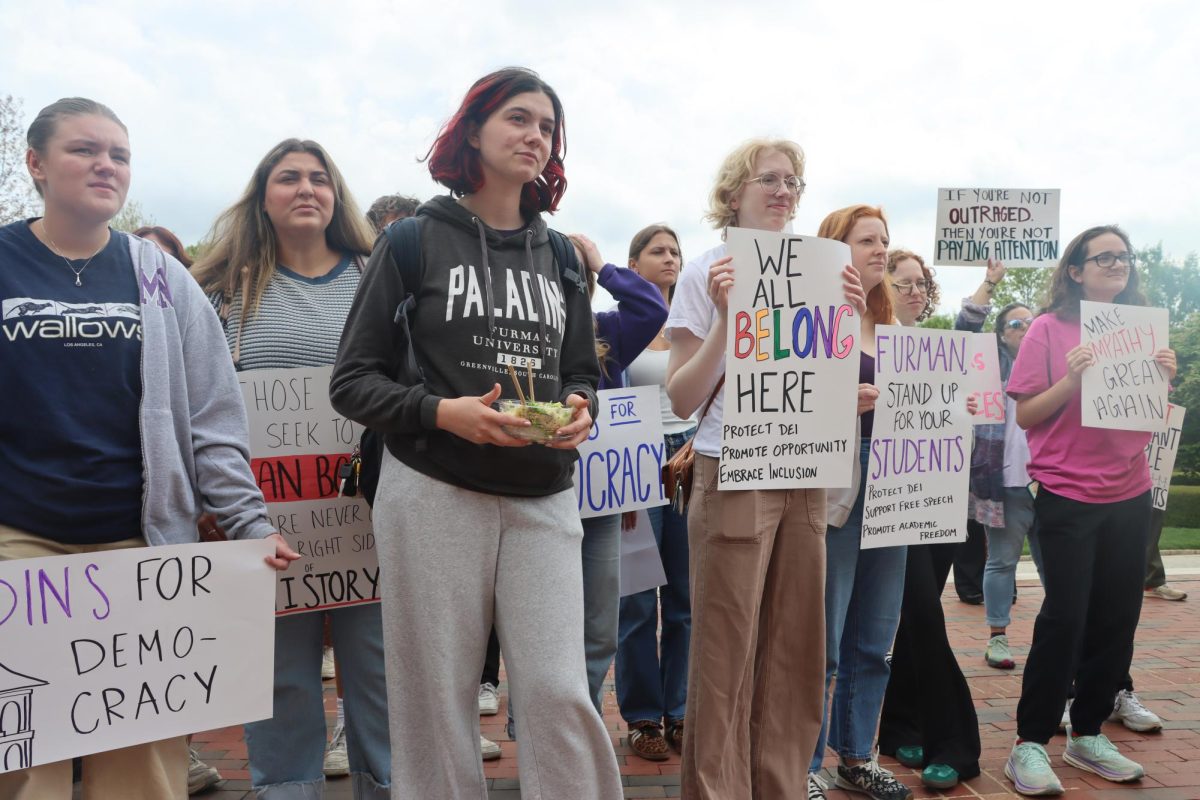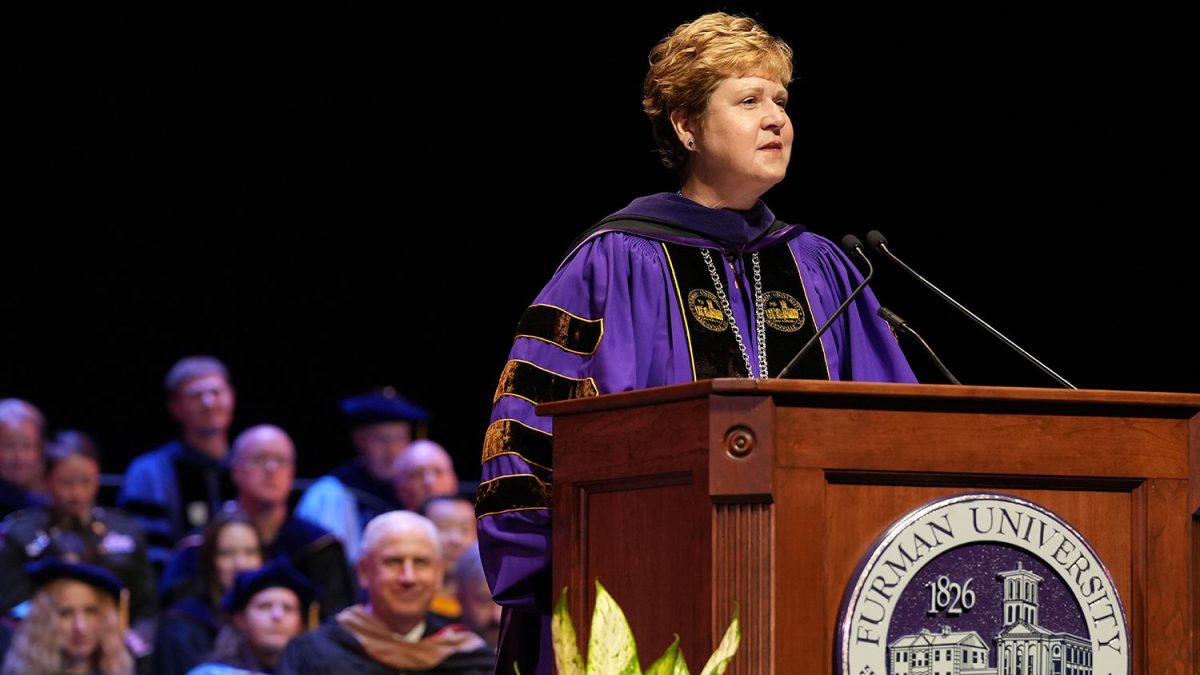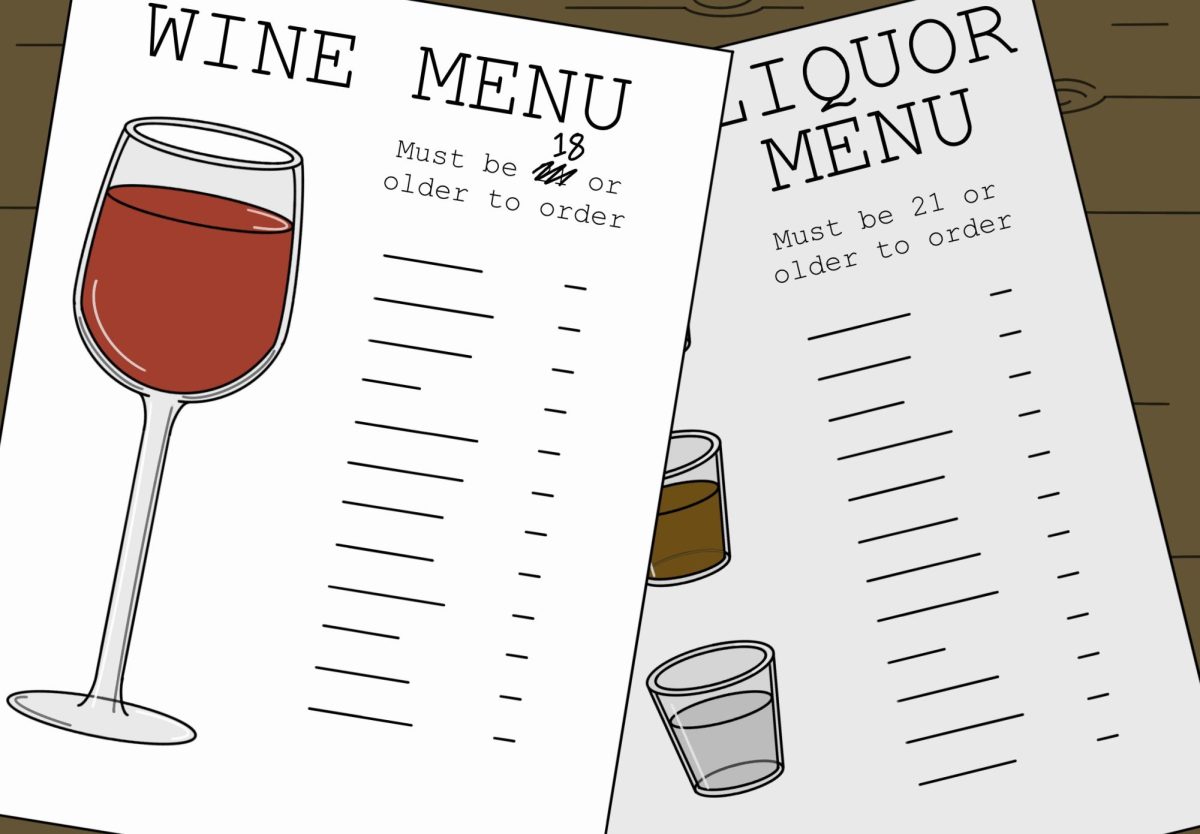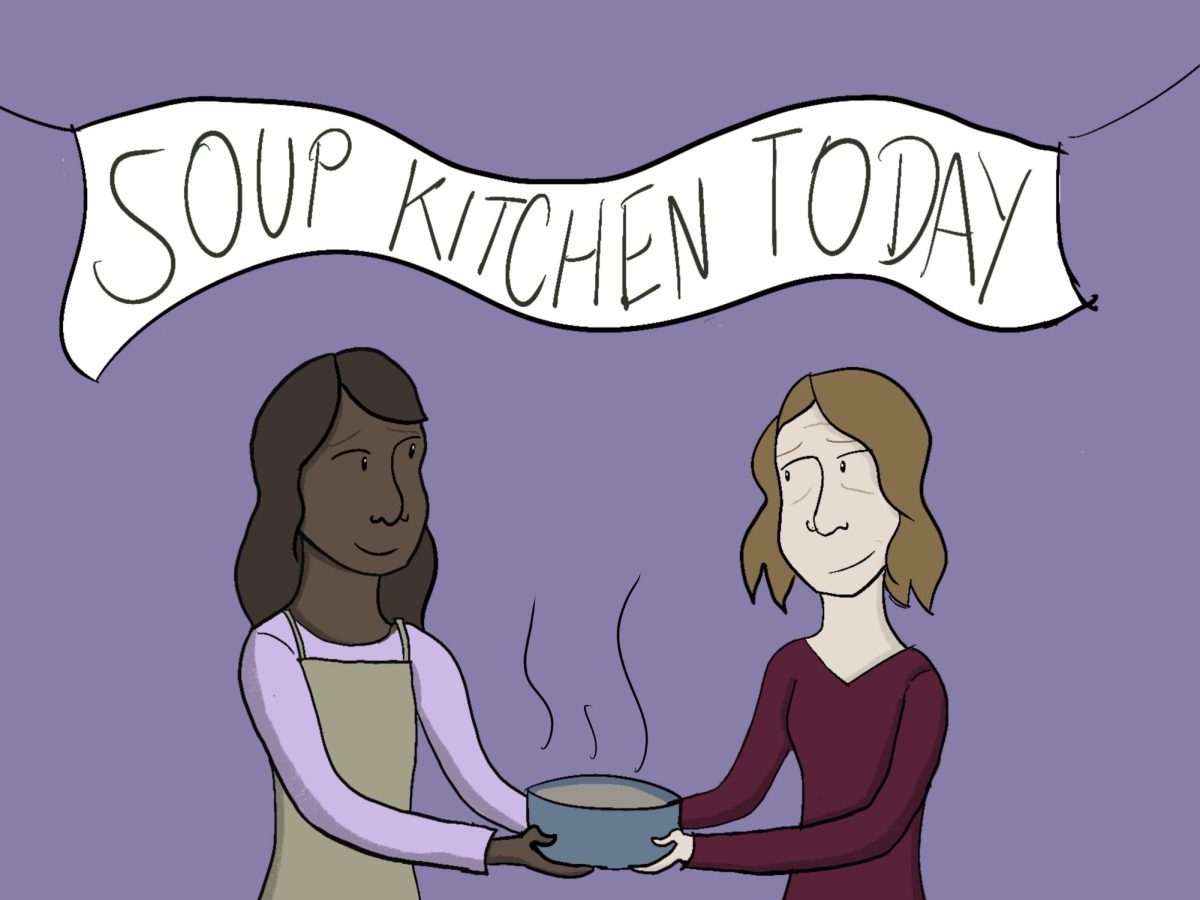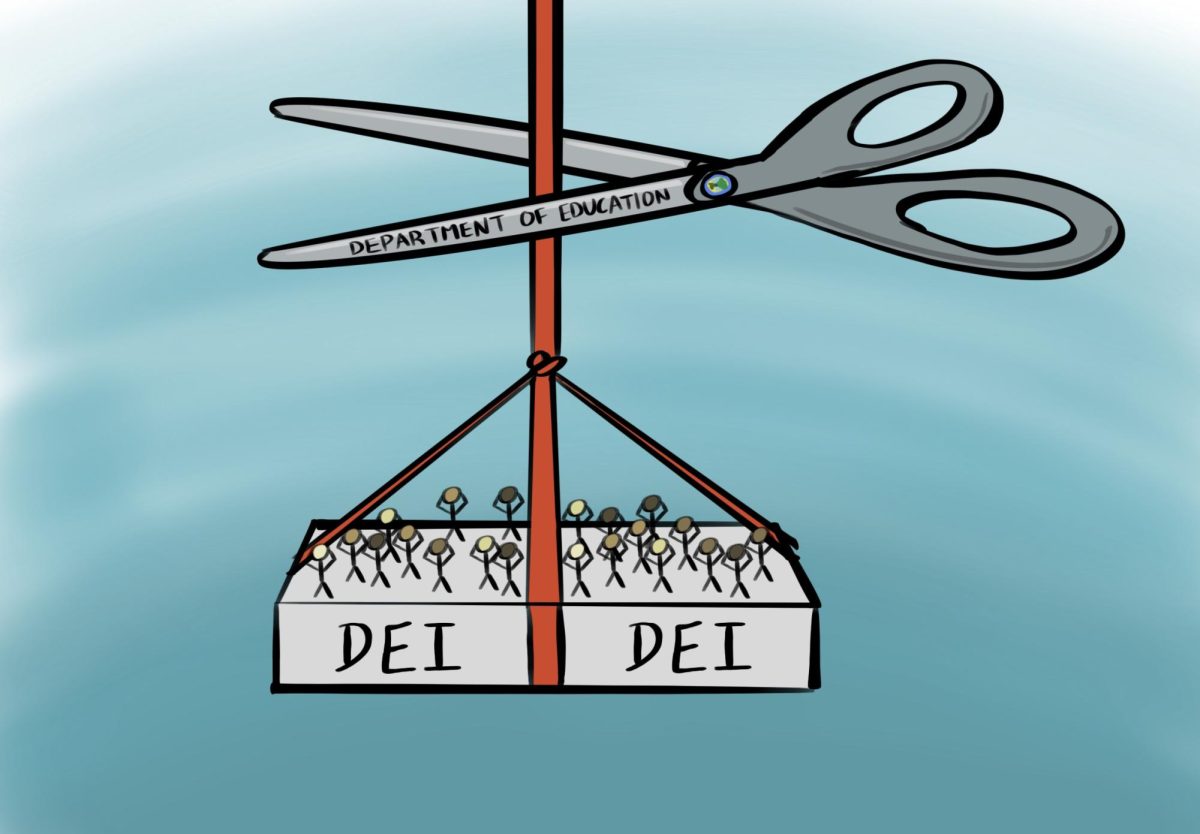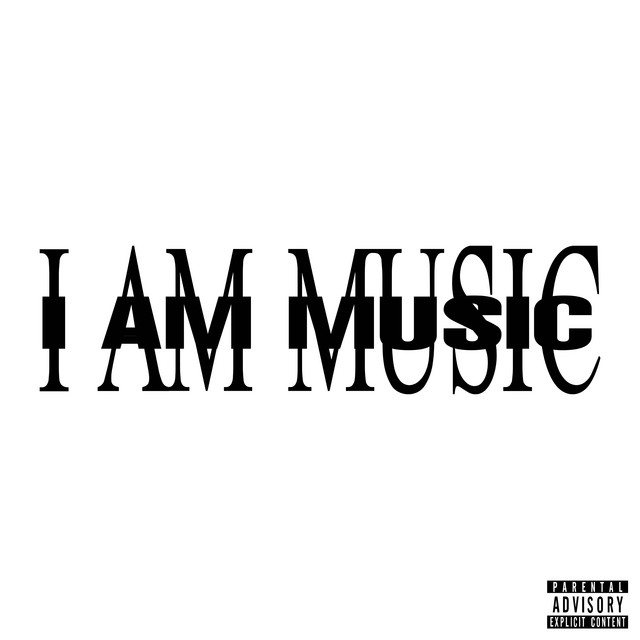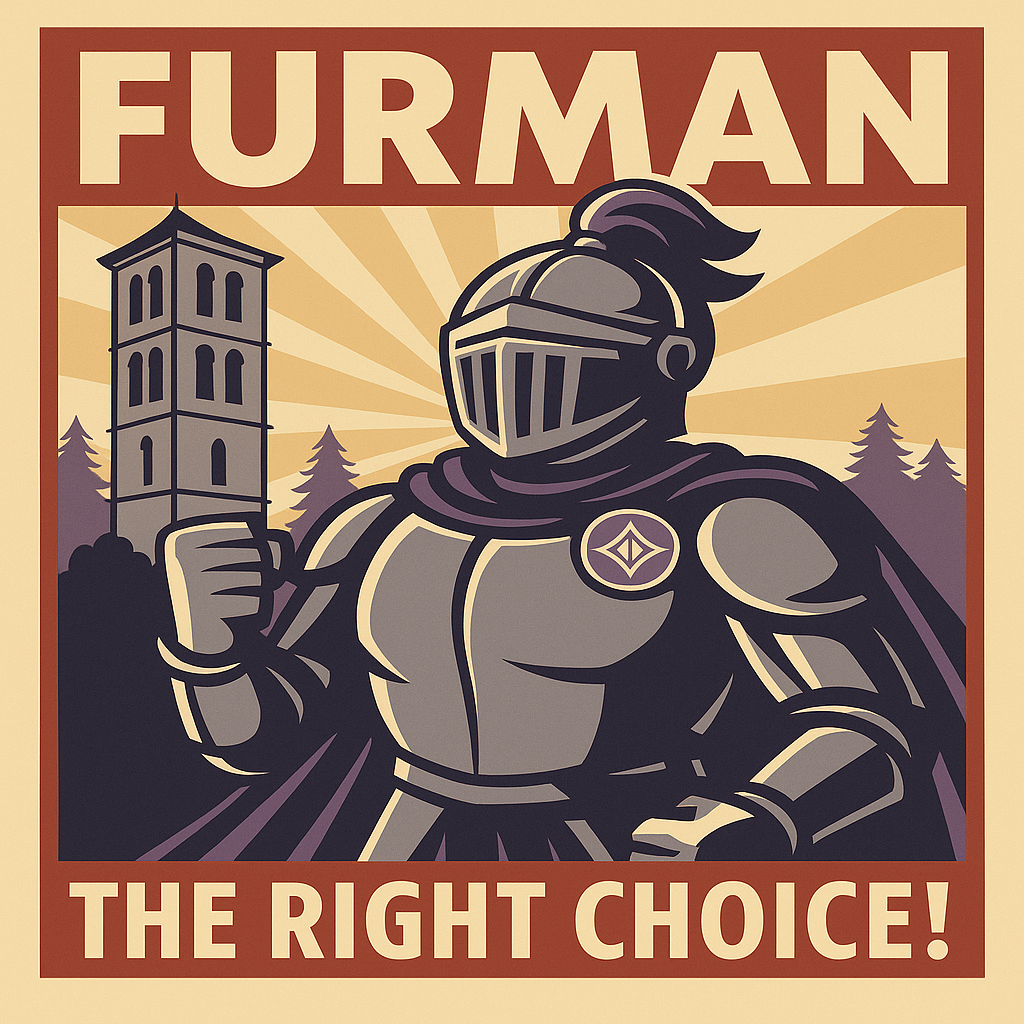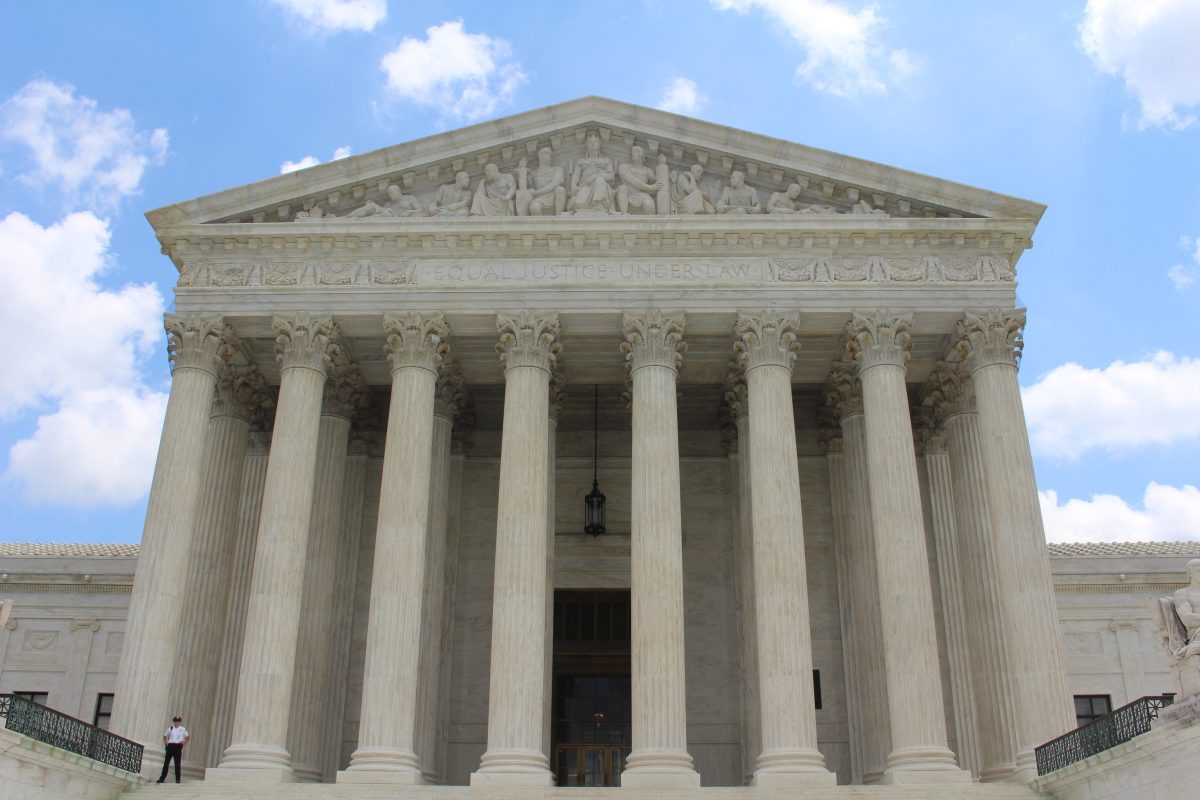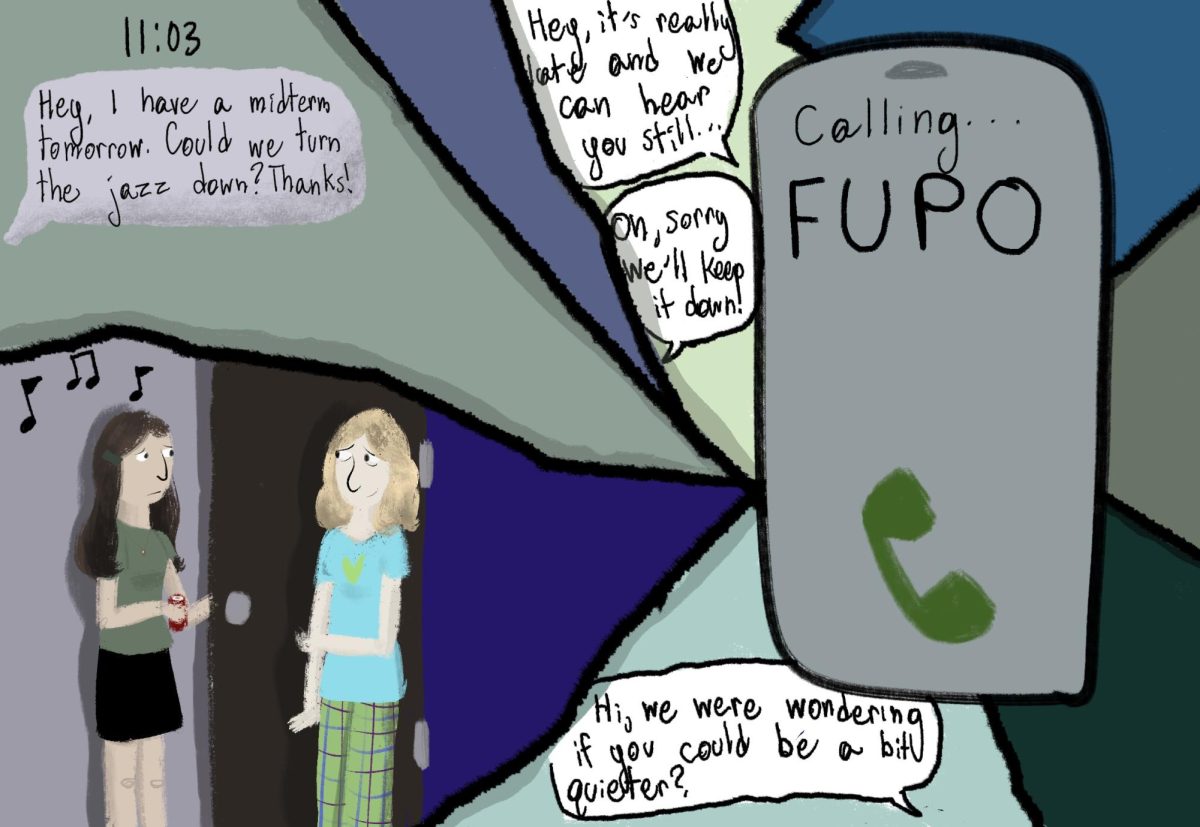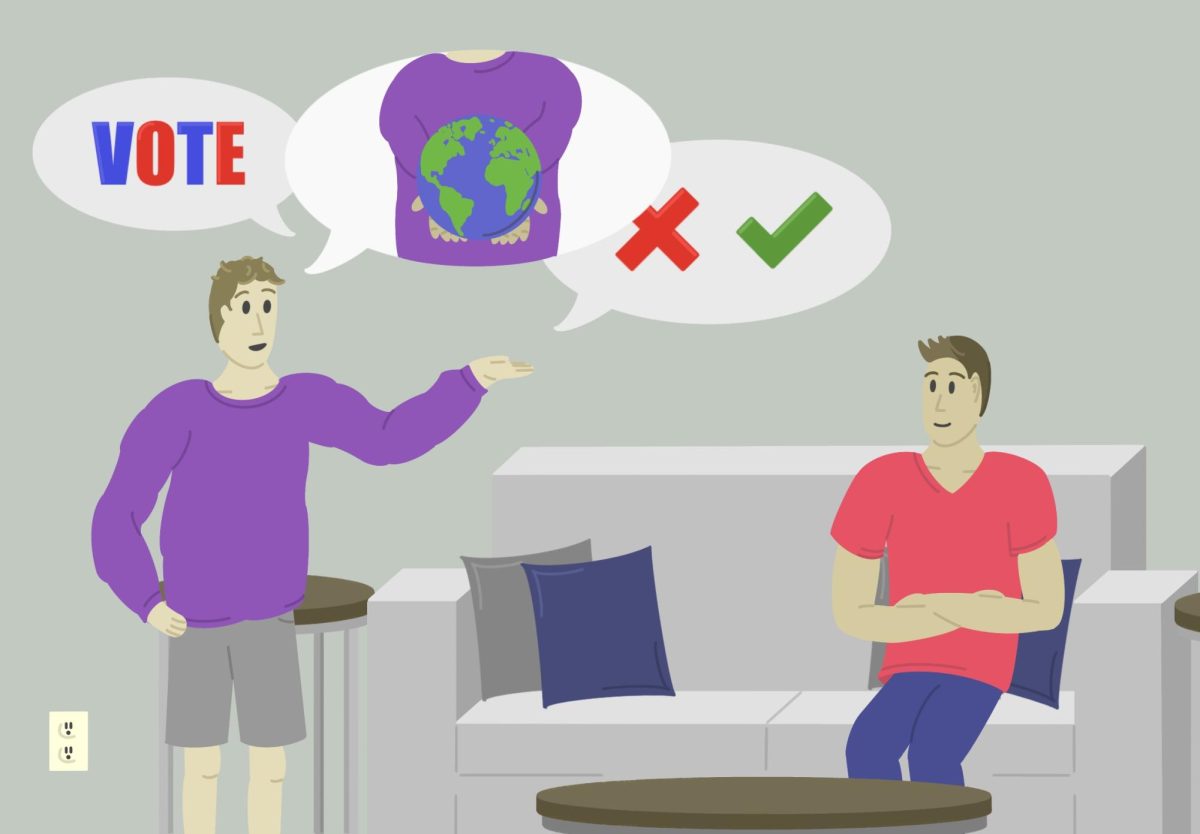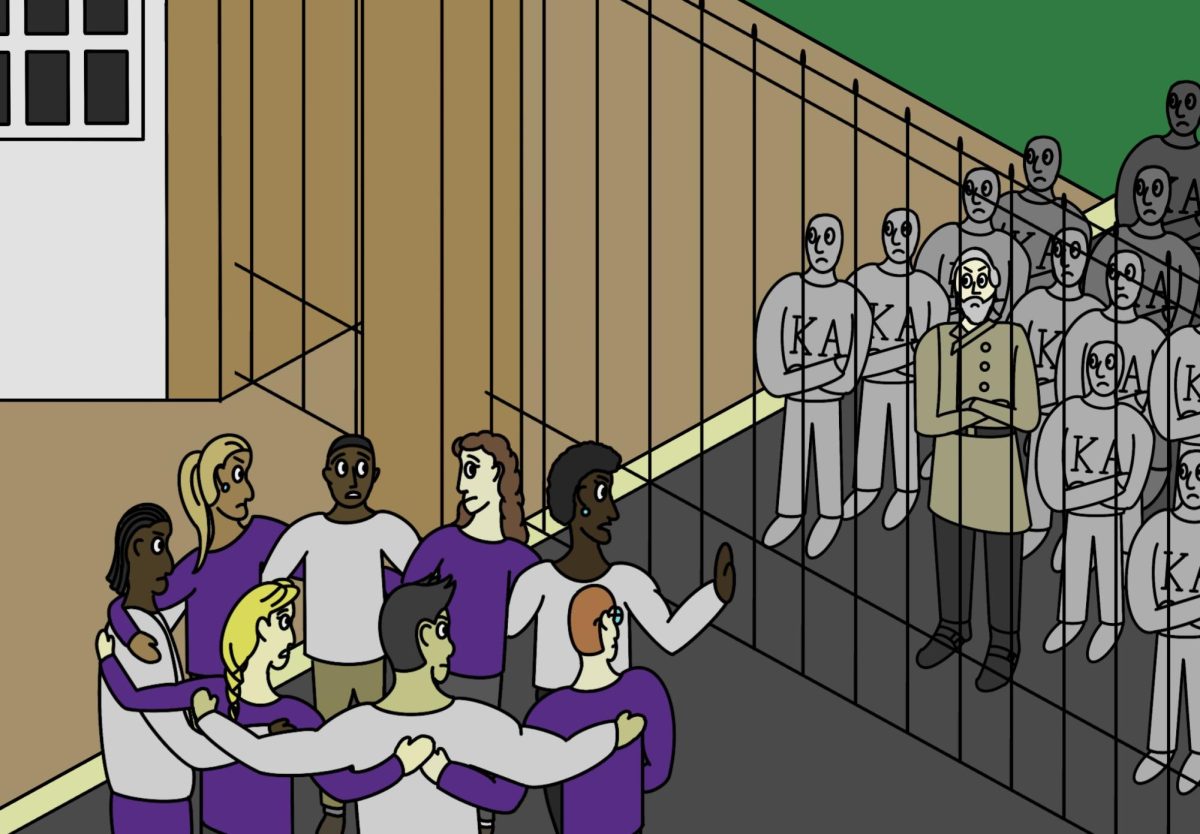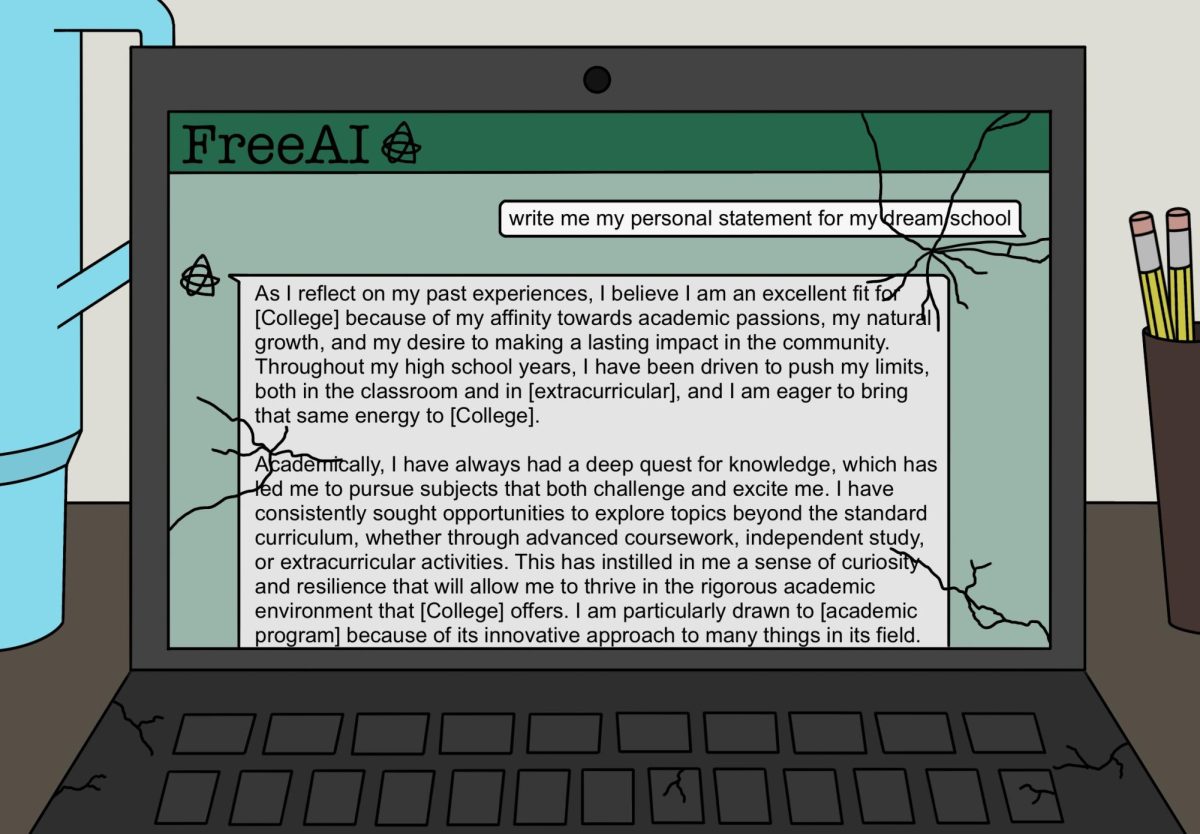Prior to Ruth Bader Ginsburg’s death, it seemed impossible to further intensify the 2020 Presidential Election. Coronavirus was on the ballot. Healthcare was on the ballot. The economy, foreign relations, civil justice, tax reform; hell, even democracy was on the ballot. Well, add an additional line-item to the form, because now the fate of the Supreme Court has also inextricably become tied to November’s results.
This linkage is not directly a result of Judge Barrett’s nomination—her approval is likely at this point, regardless of the election’s result. However, whomever is elected in November might have the ability to elect another justice, should Justice Breyer’s seat become available, to an already 6-3 Conservative court. Majorities could therefore skew 7-2 or 6-4, and rulings could become even more predictably partisan or contentiously decided by a swing vote.
While it is not fair to say college students have ignored SCOTUS developments, the attention given to the topic, whether on social media or in conversation, has paled in comparison to those of “trendier” topics like the debate or Trump’s positive test case. Perhaps because of the little time the court spends in the spotlight, it appears as an ambiguous and archaic institution. But these people hold true power—specifically on healthcare and abortion, two topics our generation is purportedly passionate about.
Mere days after the election, the court will hear a case on the Affordable Care Act (ACA). Though this is not the first time the ACA has come under fire only to emerge victorious, this is a new court. If appointed, Judge Barrett has already made her position on the matter clear: the previous precedent was incorrect. Therefore, even if Justice Roberts shifts left, as he did in the last ACA case, the Conservative bloc would maintain a 5-4 majority and could strike down the act entirely. In the middle of a pandemic, 29.8 million Americans could lose their health insurance.
There is also significant speculation the court will soon choose to reconsider Roe v. Wade. Several cases are rising though the lower courts that will inevitably question perhaps the most polarizing Supreme Court case in American history. Though Judge Barrett has never officially stated her position of the issue, her previous ideological stances have caused Conservative pro-life organizations to rejoice at her appointment.
If the court were to overturn its ruling, it could then be left up to states to determine their own positions on the matter. As a result, one third of all reproductive age women in the United States could lose the ability to access abortions in their state. The ramifications of patchwork abortion laws are staggering, both logistically and culturally. A nation already geographically polarized would certainly become even more so, as citizens relocate to regions that more appropriately reflect their ideological stances.
We, as college students, are entering into the political atmosphere at a pivotal moment. The Supreme Court, an institution once considered above the partisan fray, has been drawn into the all-consuming black hole of polarization. If our generation has truly been sincere in its fervent social media protests and activism on the aforementioned topics, we will make our voice loud and clear this November in order to ensure that the court course corrects before it becomes even more unbalanced. It would be wrong to look at this issue with the general distaste that we do other formal institutions, ones we perceive as out-of-step or broken. We cannot afford to, especially since the court exercises direct control over issues that are so important to us.
This year, we must remember we are voting for more than a President. We are deciding how justice will be levied for an indefinite portion of our lives going forward. The time to be active citizens is upon us—and if we elect to be bystanders in this moment of national importance, we must sit with the consequences our actions carry.

